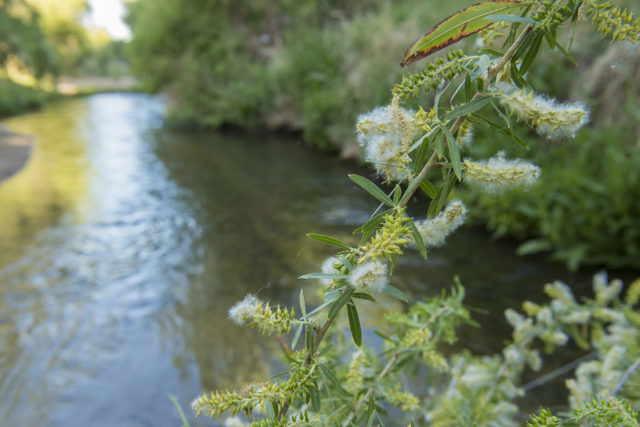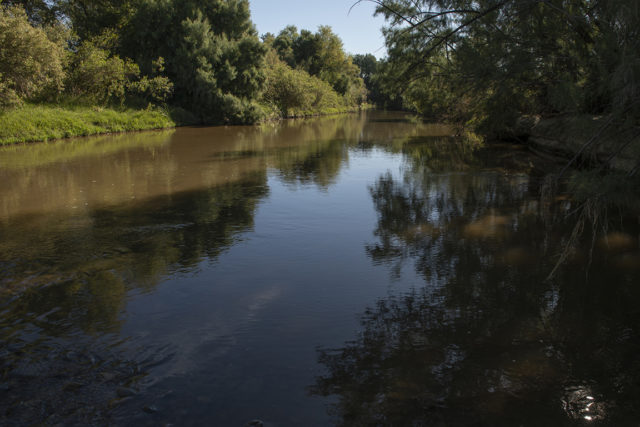
Last week, Arizona’s legislature and Governor Ducey approved the state’s participation in a Drought Contingency Plan that enacts voluntary cutbacks in Colorado River water delivered through the Central Arizona Project canal. Prolonged drought in the region means that there is less water available in the Colorado River, and this plan is part of a basin-wide effort to respond to that reality.
Signing onto the DCP is a welcome step, but more action is needed to respond to the further reductions in available river water projected by climate scientists, water providers, and federal and state officials. Paramount will be dramatic actions in water conservation and efficiency by all parties, which was not addressed in the recently approved plan.
Any future actions cannot lose sight of the importance of setting aside water for environmental purposes, whether for recreation, wildlife, or other beneficial uses. The good news is that there are already important precedents in the basin. Two binational agreements amending the treaty governing the Colorado River have set aside funding and water to restore the Colorado River Delta. Even the Drought Contingency Plan set an important precedent.
Recharging our depleted aquifers is a key strategy intended to set aside water for future uses. Both water delivered through the Central Arizona Project and treated wastewater, also known as reclaimed and recycled water, are currently being used to recharge our aquifers. Typically, aquifer recharge is done through constructed detention basins that allow water to percolate slowly into the ground. This is known as constructed recharge. Another way is to deposit water into rivers, allowing it to recharge the aquifer through the riverbed. This is known as managed recharge.

Under Arizona law, recharging reclaimed water has been viewed differently than recharging other supplies of water such as Colorado River water. Before the DCP was signed, reclaimed water recharged in a constructed recharge facility or managed recharge facility would only receive credits until 2025. Plus, reclaimed water stored in a constructed recharge gets 95% credit for future use of the water stored underground, while managed recharge only receives a 50% credit. With the adoption of the Drought Contingency Plan, the 2025 sunset clause was repealed, and existing managed projects will receive the same credit as constructed projects.
These two changes recognize the benefits of reclaimed water and recharging it in our waterways, allowing for in-stream flows in otherwise dry rivers like the Santa Cruz and Gila rivers. For the cities of Tucson and Marana, Pima County, and the Federal Bureau of Reclamation on behalf of the Tohono O’odham Nation—all of which deposit their reclaimed water in the Santa Cruz—these changes serve as a strong economic incentive for them to keep water in the river, rewarding us all with a flowing, Living River.
We need to do more to incentivize new managed recharge projects and encourage placing more reclaimed water in our rivers and streams to restore our aquifers. Specifically, allowing for new projects using reclaimed water to receive the same 95% credit level. That could be accomplished through legislation but will also require specific guidelines for projects to be eligible for the higher credits; Sonoran Institute and other water providers are working to make this a reality.
Blog Post By: John Shepard, Senior Director of Programs
